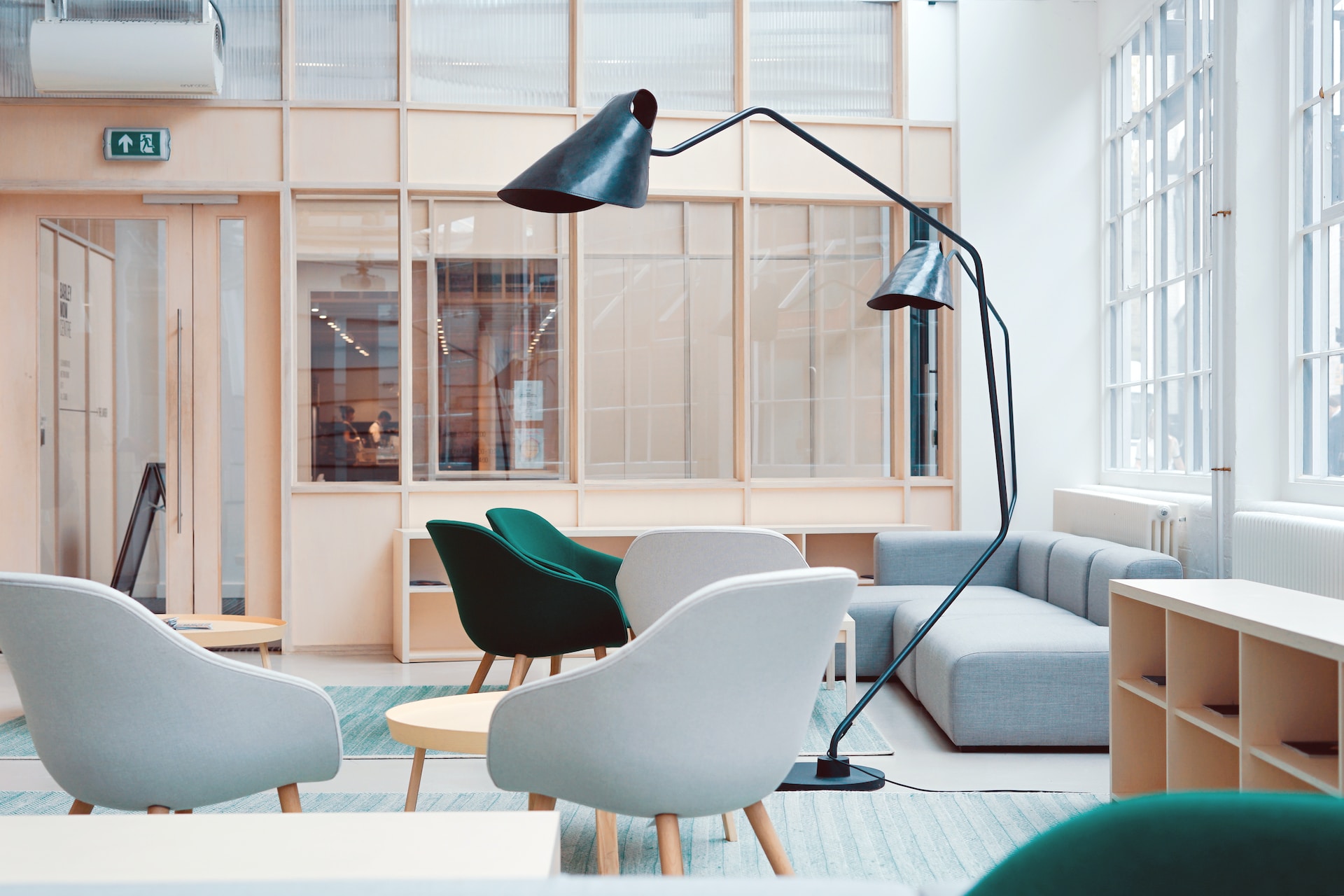
Purchasing new furniture used to be a simple and straightforward process back in the day. Shoppers simply went into a furniture shop and chose the pieces they needed from the range of options that the store provided. However, as time went by, technological advancements, the increasing number of companies and products emerging on the market, economic conditions and shifts in customer behaviour changed how people choose and buy furniture and the way furniture companies conduct their operations.
As a result, the process of creating new pieces of furniture has also been altered, becoming increasingly more complicated over the years. Nowadays, furniture manufacturers are faced with a host of new challenges that didn’t pose an issue in the past. Therefore, they have to come up with new solutions to address these problems and adapt their strategies and processes to the new realities of the market if they want to overcome the competition and maintain a profitable activity in the long run.
The first step in this respect is to have a clear understanding of the situation, so let’s have a closer look at the main challenges affecting the furniture manufacturing industry today.
Increased competition
If we go back a few decades, we can see that there weren’t all that many options in terms of furniture products, as the number of companies producing furniture pieces was quite limited. Industrialisation and tech innovations changed the furniture manufacturing landscape, prompting a larger number of payers to break into this highly lucrative industry.
With more furniture manufacturing businesses entering the playing field, the competition increased considerably. Therefore, it’s much more difficult today for furniture makers to stand out from their competitors and attract new clients. Investing in cutting-edge machinery and using modern technology to streamline their operations can help them increase long-term productivity and profitability.
Sustainability
As people have grown more aware of the negative impact that human activities have on the environment, sustainability has become a major point of concern for the population and a determining factor in the purchasing process. Buyers nowadays tend to lean towards companies that share their values and principles and make an effort to become more eco-friendly and minimize their carbon footprint.
Given the context, furniture manufacturers are also pressured to embrace sustainable practices to improve their green credentials. This often implies switching to sustainable sourcing of raw materials or using eco-friendly materials such as reclaimed wood, recycled metals or natural fibres to manufacture their products. Although sustainability can enhance a company’s image and serve as a major selling point to attract customers, the process that furniture manufacturers have to undergo to reach this status can be quite cumbersome and requires a strategic approach.
Changing trends
Furniture trends have always come and gone over the years, bringing new design styles into the spotlight, but they have never changed as rapidly as they do today. And while some people prefer to opt for timeless furniture pieces such as the classic white shaker kitchen, a Chesterfield sofa or bentwood chairs that can successfully stand the test of time and never go out of style, other buyers are more than happy to jump onboard the next big furniture trend when choosing the pieces that will decorate their home.
Where does that leave furniture manufacturers? In a constant race to keep up with the latest furniture trends and come up with new designs that will satisfy their customers’ ever-changing preferences and demands. Needless to say, this process requires ample resource investment and can put a financial burden on furniture makers. Prioritising marketing research and employing modern manufacturing techniques can provide the solution to these challenges and help manufacturers stay on top of changing trends.
Customisation
Speaking of changing trends, a growing number of buyers are now looking for furniture pieces that perfectly match their specific needs and requirements. Therefore, the demand for custom-made furniture has increased exponentially over the past few years. It’s not a challenge for furniture manufacturers to produce large amounts of serial items, but manufacturing one-of-a-kind products is a completely different story as it comes with unique challenges such as additional time and resource investments.
Once again, technology comes to the rescue. The use of 3D printers and advanced CNC machines that rely on computer programs to create a variety of designs gives furniture makers the possibility to boost productivity when it comes to creating custom-made pieces, without compromising on quality, so they can save time and keep up with customer demand.
Quality-price ratio
As with any other business, the end goal of all furniture manufacturing companies is to run a profitable activity. This means they have to find a way to reduce costs where possible while also maintaining adequate levels of quality. A lot of businesses have resorted to replacing natural materials with synthetic compounds and fabrics to reach this goal. Others have outsourced part of their operations to counties where labour is cheaper to cut production costs as much as possible.
Another issue faced by manufacturers has to do with establishing a fair price point for their products to ensure they remain attractive to their customers while also bringing enough revenue to guarantee a good profit. Striking a balance between the quality of the items they produce and the price tag attached to them has become particularly challenging for manufacturers in recent years as costs for raw materials and fuel have increased steadily. Perfecting their marketing strategies or selling their products exclusively online to limit overhead costs have proven effective in addressing this issue.
Final thoughts
As the furniture manufacturing industry continues to evolve so do the challenges faced by the companies activating in this field. Fortunately, most of these issues can be successfully addressed through technological advancements, but it’s equally important for manufacturers to embrace a proactive approach and look for new solutions to improve their operations and take advantage of the opportunities that may arise.
